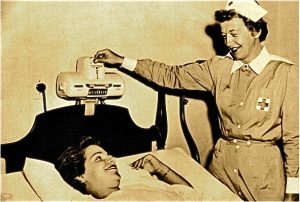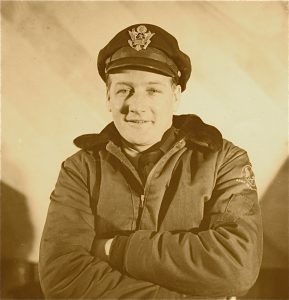OMG! Congress Did Something!
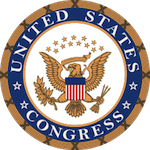 I have to admit that I stopped watching what they are doing on Capitol Hill. As long as the government is functioning, my neighbors continue to work as federal workers or government contractors, my days of watching Congress has passed. Although my program continues to download the status of bills in Congress daily, the overall frustration with Congress does not have me running to the computer to check the status.
I have to admit that I stopped watching what they are doing on Capitol Hill. As long as the government is functioning, my neighbors continue to work as federal workers or government contractors, my days of watching Congress has passed. Although my program continues to download the status of bills in Congress daily, the overall frustration with Congress does not have me running to the computer to check the status.
While reading other news sources, I discovered that the Senate did something. Of course, the House has to be passed to have any impact, but the fact that the Senate actually did work is astounding!
S. 697: Harriet Tubman Bicentennial Commemorative Coin Act
On February 17, 2022, the Senate passed the Harriet Tubman Bicentennial Commemorative Coin Act (S. 697) by voice vote. There was no debate or commentary. Just a procedural voice vote to clean up non-controversial bills that are just hanging around.
If the House passes the bill, the U.S. Mint will issue gold, silver, and clad coins celebrating the legacy of Harriet Tubman. The sale proceeds will go to National Underground Railroad Freedom Center in Cincinnati, Ohio, and The Harriet Tubman Home in Auburn, New York.
H.R. 6663: Fleet Reserve Association 100th Anniversary Act
In other numismatic-related Congressional news, two bills were introduced in the House of Representatives. The Fleet Reserve Association 100th Anniversary Act (H.R. 6663) may not be more than a vanity bill introduction.
H.R. 6681: 100th anniversary of the Lincoln Memorial Commemorative Coin Act
The other bill is the 100th anniversary of the Lincoln Memorial Commemorative Coin Act (H.R. 6681) to celebrate the 100th anniversary of the dedication of the Lincoln Memorial. The Lincoln Memorial was dedicated on May 30, 1922. If the bill passes, the U.S. Mint can issue 500,000 silver dollars in 2023. The proceeds will be paid to the Trust of the National Mall and to restore and preserve the Lincoln Memorial.
Simply put, there is an adequate amount of coins in the economy
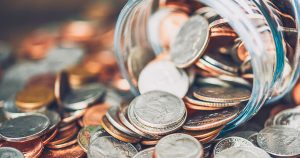 The U.S. Mint succinctly stated in its press release about the shortage of circulating coins is that there are enough coins in the economy. There is no shortage.
The U.S. Mint succinctly stated in its press release about the shortage of circulating coins is that there are enough coins in the economy. There is no shortage.
What is happening is that, like everything else during the COVID-19 crisis, the supply chain broke. Coins stopped circulating because people were not going out and spending the coins or currency. Since cash sales dropped, there was no need for stores to stock up on coins. They had the supply to conduct business.
Since the stores did not need the coins, the banks stopped ordering coins for its inventories. Larger stores that rely on logistics carriers were not ordering coins or sending coins into the supply chain. Finally, the logistics carriers saw their inventories rise and become stagnant, giving them no reason to buy more coins from the Federal Reserve.
Now that areas are opening and the demand for change has increased, the supply chain has to restart. According to Federal Reserve Chairman Jerome Powell, the cash rooms operated by each Federal Reserve District has a sufficient supply of coins. But the coins have to be circulated through the system.
The government is doing its job. The U.S. Mint is striking a sufficient volume of coins for circulation, and the Federal Reserve has the supply to support commerce. It is the private sector that manages the supply chain that has failed.
The logistics companies, the coin processors that move the money between the Federal Reserve, the banks, and the retailers, have caused the backup. Since many banks have limited access to their drive-thru operations, there is an opportunity for the supply chain to adjust. They cannot adjust fast enough.
If you want to help fix the supply chain, spend your coins. Use exact change when possible. When it is not possible, use a credit or debit card.
If you are the type that keeps coins in jars, now is the time to do your search and send the rest back into circulation. Some banks are offering bonus payments for bringing in coins. Others that were charging fees if you did not roll the coins are waiving those fees. If you regularly buy from Amazon, consider using a Coinstar machine to turn your coins into an Amazon credit. Coinstar does not charge a fee when you trade your coins for Amazon credit.
Relax! It is not a conspiracy to get coins out of circulation. The government is not replacing U.S. dollars with Bitcoin. The government is not participating in creating a global currency, especially when you see how that has worked with mixed results in Europe. And this is not how the government is going to take your money away from you. That is what the tax code does.
Take your coin jar, search for collectible circulating coins, and spend the rest. Get the coins back into circulation.
Desktop Treasure Hunt Leads to a Walk Down Memory Lane
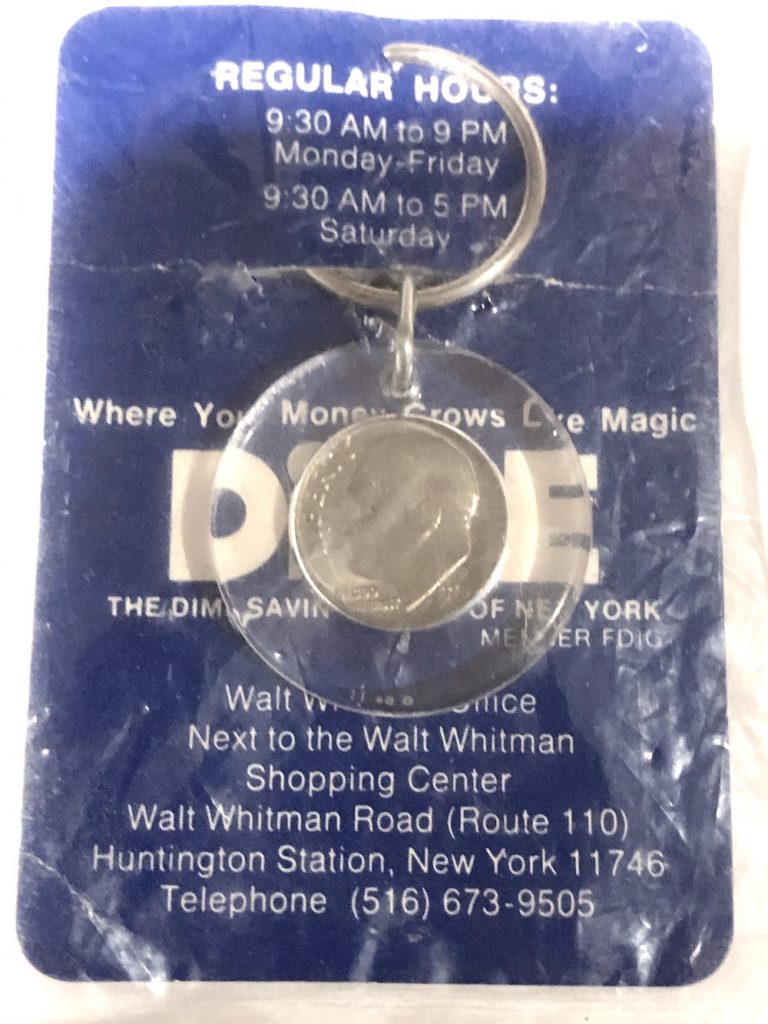 I am sure I am not the only one whose desk looks like it could be declared a disaster. My desk is so bad that during a recent recon mission, I found books about information security. It has been over three years since I retired from that industry.
I am sure I am not the only one whose desk looks like it could be declared a disaster. My desk is so bad that during a recent recon mission, I found books about information security. It has been over three years since I retired from that industry.
A side effect of the mess is while digging under the piles, I can find coins and collectibles I forgot I had. It’s a make-my-own treasure hunt.
The picture to the right is a recent find. It was a giveaway from the Dime Savings Bank from a branch in Huntington Station, Long Island. It is a 1972 Roosevelt Dime encased in clear plastic attached to a keyring. The encased dime is attached to a card and wrapped in the original plastic.
I found this coin in the 1990s during a trip to Long Island. It was likely purchased from an estate sale not too far from the branch. It must have fallen out of a nearby box that holds my New York numismatic collection. It’s the box that I have been thinking about organizing for years.
Finding it brings back memories.
As a right of passage for Baby Boomers born in Brooklyn, our parents helped us open passbook savings account at the Dime Savings Bank. Founded in the Williamsburg section of Brooklyn, the Dime was as part of life as stickball. Even after moving to Long Island, we kept our accounts with Dime.
If you are too young to know about passbook savings, it was a savings account where your account activity was recorded in a passbook that resembled a passport. When you deposited or withdrew money, you handed the teller your passbook. The teller would put the book in a machine that would print the transaction on the pages. Every three months, an extra entry would be added for the interest payment. Before I understood the concept of savings account interest, I thought the bank was giving me free money.
I would deposit parts of my allowance and the payment for odd jobs around the neighborhood. When I was old enough, I started to deliver Newsday after school when it was an afternoon newspaper. When the deposits passed $100 in savings, I thought that I was rich.
Every week, I would knock on the doors where I delivered the paper to collect money for the newspaper. One day, someone paid for their delivery by including ten copper coins that I did not recognize. I showed them to my father, who told me they were Indian Head cents.
I did not know these coins existed. So I dumped the coins in my pocket on the floor and started to sort through them. I started to separate the coins by type and date, laying them across the floor. My mother did not like my collecting style, so my father bought my first Lincoln cent folder and a Red Book. I still own my first blue folders.
The deposits began to change. I no longer deposited the coins. I was too fascinated with them to let them go. Slowly I began to build a collection out of pocket change while the currency was deposited in the bank. I also accumulated more blue folders.
Then my father did something that changed everything. He took me to a coin store. Suddenly, the Roosevelt dime collection was nearing completion. The blue folder for the dimes was replaced by a blue deluxe album. I was addicted!
The deposits also began to reduce. Somewhat similar to today but on a different scale!
Passbook savings programs are a relic of the past. The Dime Savings Bank is now called the Dime Community Bank. And I got to relive this memory because I found a one-time giveaway buried under a pile on my desk.
Pay-Per-Listen Radio and an Interesting History
Newspapers were the dominant media of the day. Many broadsheets published two or three times a day plus special editions. The provided news, stories, and advertising, but there was always a delay. Broadcast radio began to change how news was delivered, starting with the first commercial radio stations in the early 1920s. Although the first radio stations experimented with the new format, by the late 1920s, radio offered a wide range of programming.
Like all new technology, radios were expensive. Manufacturing processes would take a while to lower costs. But as radio began to become popular, the Great Depression slowed its growth.
Dahlberg Electronics was one of the first companies to find commercial success. Founded by Kenneth Dahlberg of St. Paul, Minnesota, after his service in World War II, he created coin-operated equipment to capitalize on the burgeoning industry. Dahlberg created the coin-operated radio for hospitals. Hospitals would clamp the radio to the headboard of the bed with pillow speakers, speakers that you can put under the pillow. For 10¢ or a token, the patient was able to get one hour of listening time. Hospitals installed vending machines in the waiting room that would vend three tokens for a quarter. Many visitors would purchase the tokens and leave them with the patients.Dahlberg sold tokens to the hospital with their name on it in an attempt from people taking the tokens to other hospitals. The tokens were the size of a dime with a hole in the center. It was a pay-per-listen radio when the medium was popular. By the mid-1950s, technology reduced the size of the radio, and the family of patients brought their radios.
- The common obverse of the Dahlberg Radio Token
- Reverse of a Dahlberg Radio Token from Franklin Hospital in Franklin, PA
Dahlberg stopped making radios in the early 1960s to pursue other ventures. The hearing aid company Miracle-Ear was a subsidiary of Dahlberg electronics.
In 1972, Ken Dahlberg was the midwest finance chair for the Committee to Re-Elect the President. Dahlberg facilitated the payments that eventually found its way into the bank account of one of the Watergate burglars. He was never charged with a crime since it was clear he was following the campaign finance procedures and did not have knowledge of where the money was going.
Dahlberg radio tokens are scarce but not difficult to find. People who collect these tokens look for different hospitals, and different cities struck in the metal. One collector said that he had found tokens from 21 different hospitals in 20 different cities. Collectors do not know the number of hospitals that had tokens made, and there has been no attempt to document the ones found.
The tokens pictured above were found mixed with other collectible items. Their discovery allowed for a look back to an interesting past.
Weekly World Numismatic News for July 19, 2020
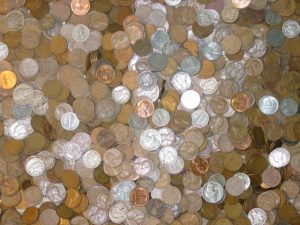 There is a coin shortage.
There is a coin shortage.
There is also a currency shortage, but it is not as severe as the coin shortage.
The shortage is not because the government has stopped the manufacturing process. There was a production slowdown in April and May, but that does not account for the lack of circulating coins. The West Point Mint briefly closed because the circumstances were different. West Point does not strike circulating coinage.
Although the Bureau of Engraving and Printing slowed down production in Washington, D.C., Fort Worth did not miss a beat.
The Federal Reserve, an independent organization, did not stop the circulation of money. There is money in the various cash rooms around the country. While some of the supply is lower than usual, Federal Reserve Chairman Jerome Powell testified to Congress that their supplies are adequate to meet the demand.
If the government is not causing the coin shortage, then where are the coins?
For nearly eight weeks beginning in mid-March, the amount of money circulating diminished to its lowest levels since the Great Depression. You have not been spending cash. The result is that the stores and banks were not circulating coins forcing the logistics companies to store what they can and deposit the rest with the Federal Reserve.
The Federal Reserve believes there are enough coins to satisfy commerce. The problem is that the supply chain has to restart. There is a limit to how fast the supply chain can move the coins around.
The warehouses where the coins are stored is like a gallon jug or your favorite beverage. To server your guests, you need to pour that gallon jug into glasses. But the only way to pour the jug is into a funnel to guide the liquid into each glass. How much is pouring slowed down by the bottleneck of the smaller opening at the bottom of the funnel?
In the case of coins, the smaller opening is the armored cars that deliver the money from the warehouses to the banks and other large institutions. The limited capacity of the opening will slow down the pouring of the beverage and the pouring of the coins back into the economy.
One Federal Reserve research group suggested that it could take 3-6 weeks for the supply chain to get back to normal. Compared to the lack of Clorox and Lysol cleaners in the supermarkets, that is lightning fast!
And now the news…
 → Read more at dailyherald.com
→ Read more at dailyherald.com
 → Read more at npr.org
→ Read more at npr.org
 → Read more at williamsondailynews.com
→ Read more at williamsondailynews.com
 → Read more at moneyweb.co.za
→ Read more at moneyweb.co.za
 → Read more at politifact.com
→ Read more at politifact.com
ANA to hold 2023 WFM in Pittsburgh
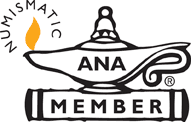 According to a source, the American Numismatic Association Board of Governors voted to hold the 2023 World’s Fair of Money in Pittsburgh. As part of the selection, the “ANA will be seeking a better deal from the venue than they got in 2020.” If they do not get a better deal, the source interpreted the discussion that the ANA will look elsewhere.
According to a source, the American Numismatic Association Board of Governors voted to hold the 2023 World’s Fair of Money in Pittsburgh. As part of the selection, the “ANA will be seeking a better deal from the venue than they got in 2020.” If they do not get a better deal, the source interpreted the discussion that the ANA will look elsewhere.
The vote was 7-2 in favor of the decision. President Steve Ellsworth and Governor Mary Lynn Garrett voted against the measure. Both believe that the show should exclusively be in Rosemont.
I have come out against holding the ANA premiere show in one location. Moving it around the country will help reach more people and include its educational agenda in more places. While I love Chicago and have friends in the Chicagoland area, moving the show is in the best interest of the ANA.
For a hobby that is not seeing growth and is having difficulties with diversity amongst its membership, having a traveling show should be an invitation to potential members.
I am still holding out hope for holding the World’s Fair of Money in Washington, D.C. While there have been roadblocks in the past, the environment for making the District more welcoming to the ANA a possibility. I have a few ideas to welcome minority communities to introduce them to numismatics. It would work well in the Washington community.
With all due respect to Ellsworth and Garrett, you miss out on an opportunity to reach out to potential new members. You have to look beyond your self-interests and work for the good of the association!

